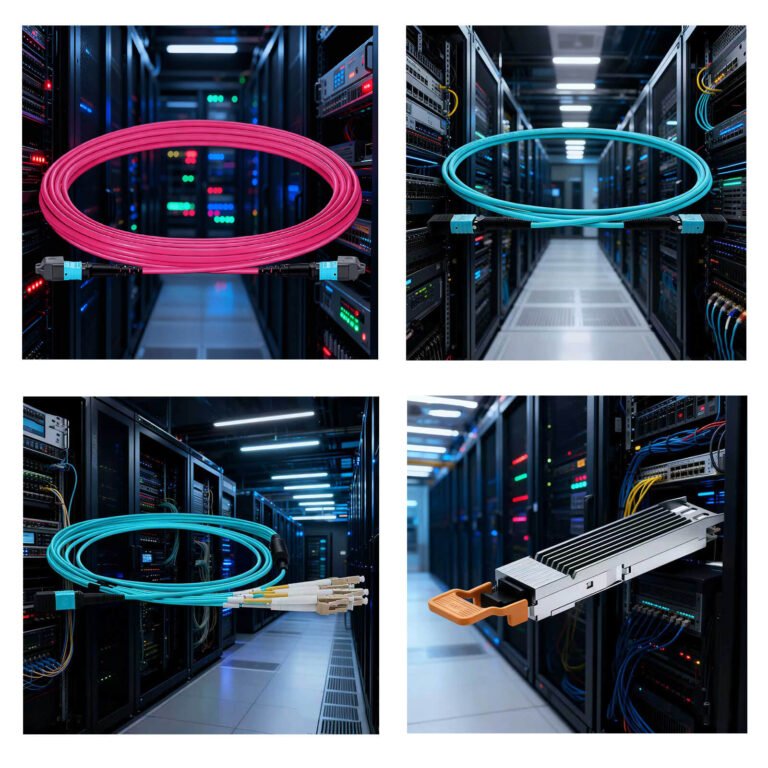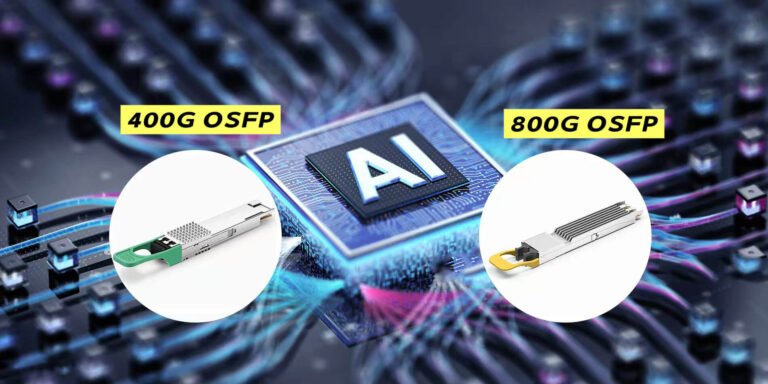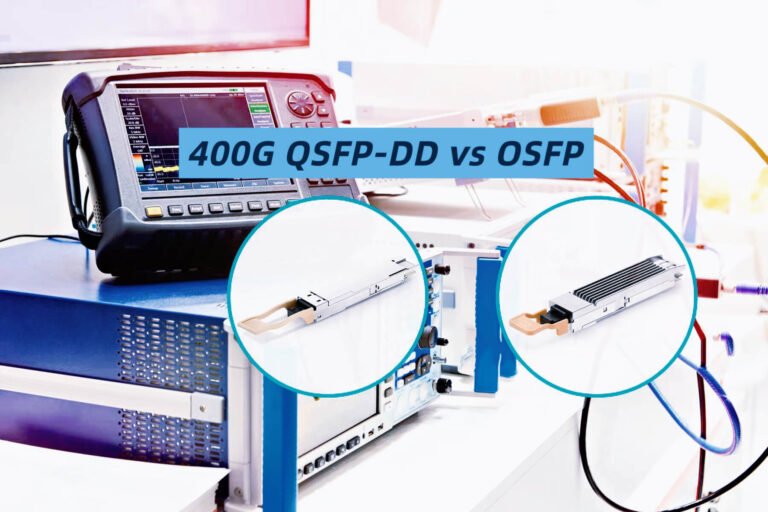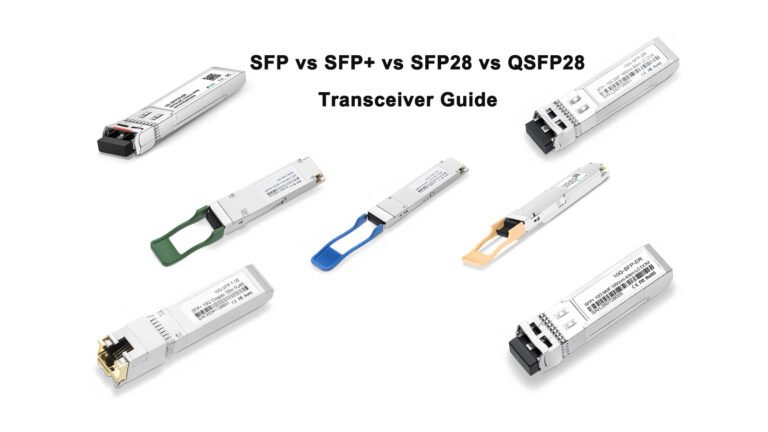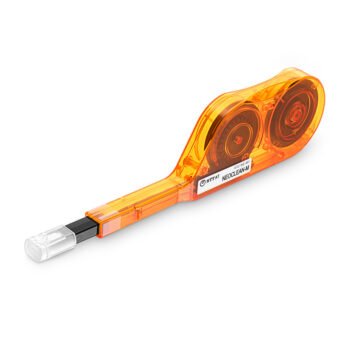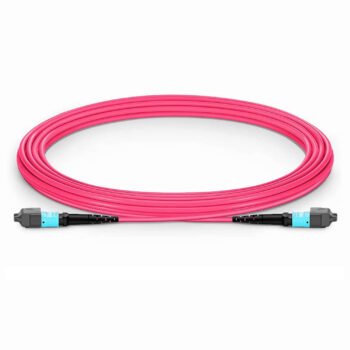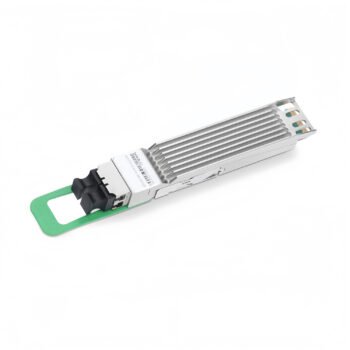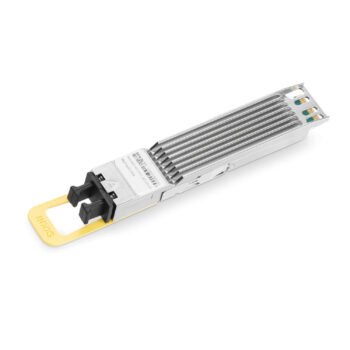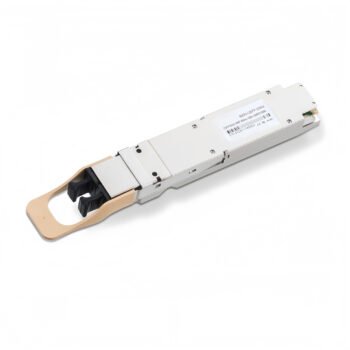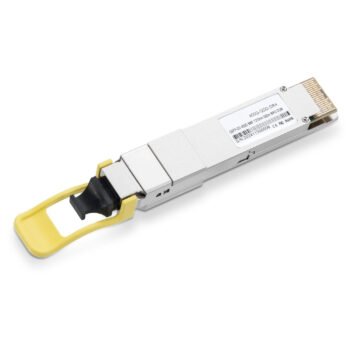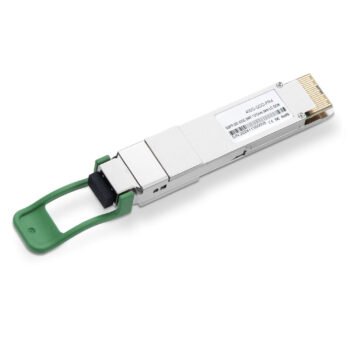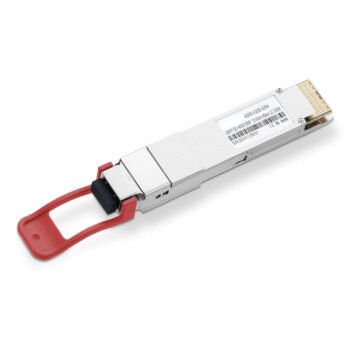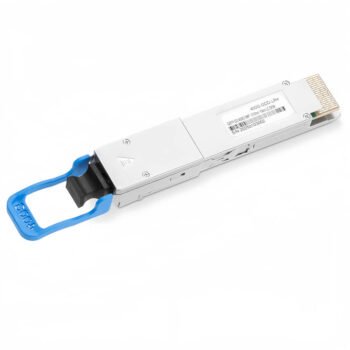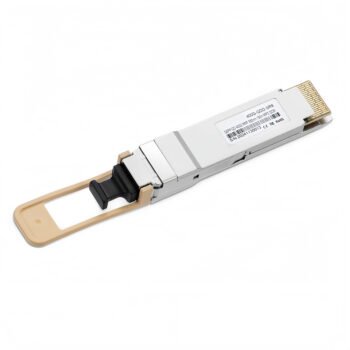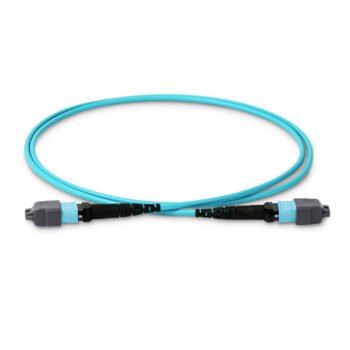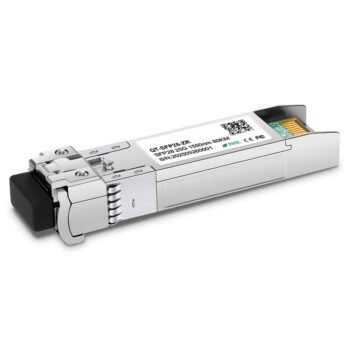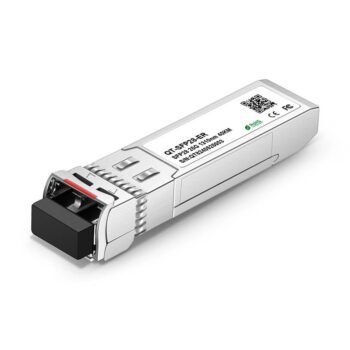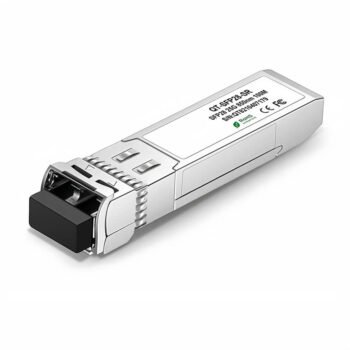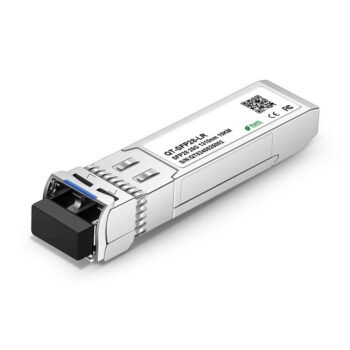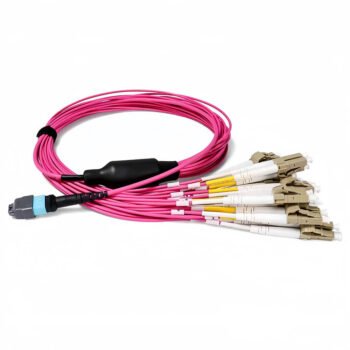How Do I Pick the Ideal MTP/MPO Fiber Cable for My Network?
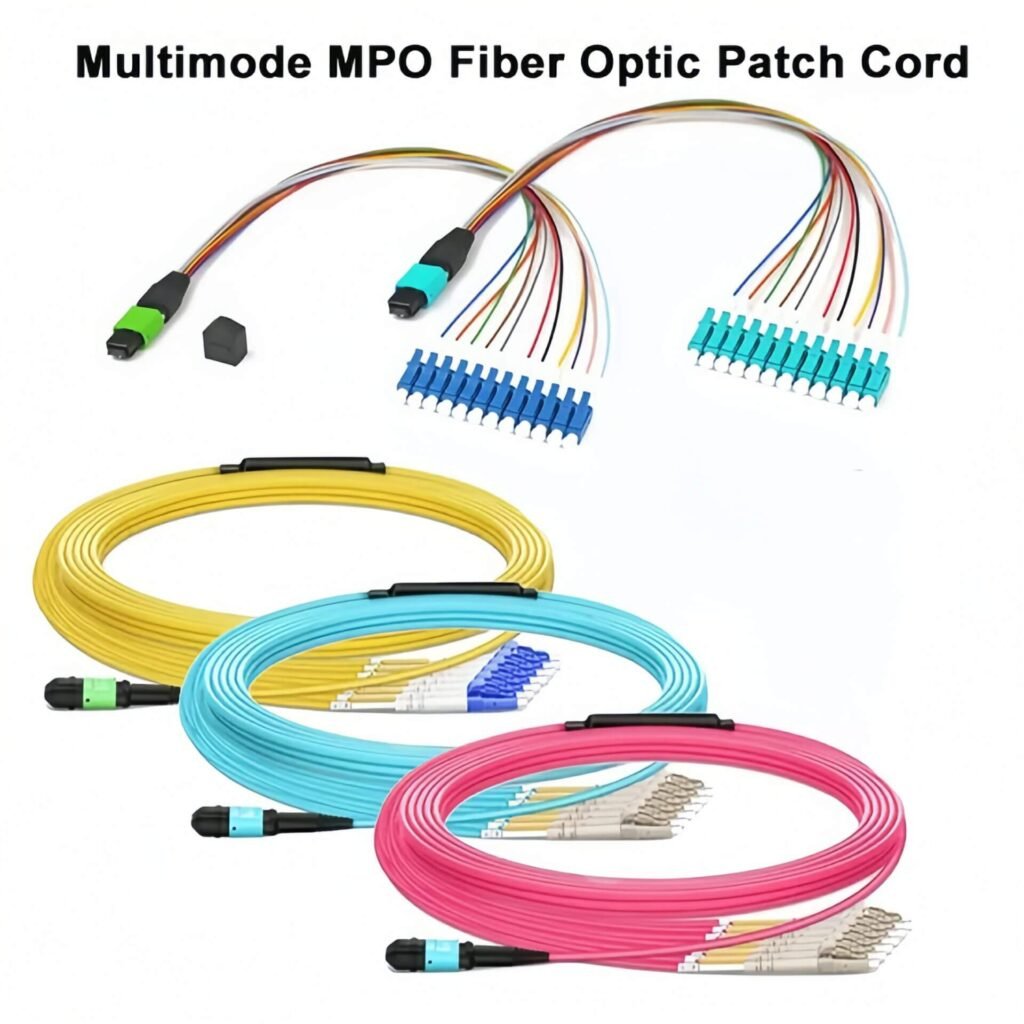
Many engineers freeze when they face rows of aqua, lime, and yellow trunks. A wrong choice slows upgrades and bruises uptime. I once made that mistake and spent the weekend fixing it.
Here is the answer in one breath: match the fiber grade to link distance, choose the jacket your fire code demands, and fix polarity before any trunk arrives. Follow these steps and trouble tickets stay small.
I wrote this guide after that painful outage so you can skip it.
OM3, OM4, OM5 or OS2—Which Fiber Grade Meets My Bandwidth Need?
Traffic keeps climbing while rack space does not. The glass decides if my links keep up.
Fast take: OM4 handles most in-row links; OM5 stretches SR4 to 150 m; OS2 rules anything beyond 2 km.
Compare Reach, Loss, and Price
| Fiber Grade | EMB @ 850 nm (MHz·km) | 10 G Reach | 40 G SR4 | 400 G SR4 | Typical $/m |
|---|---|---|---|---|---|
| OM3 | 2 000 | 300 m | 100 m | — | $ |
| OM4 | 4 700 | 400 m | 150 m | 100 m | $$ |
| OM5 | 4 700* | 400 m | 150 m | 150 m* | $$$ |
| OS2 | — | 10 km | 10 km | 2 km | $$–$$$ |
*OM5 adds the 953 nm band for SWDM.
OM3, OM4, and OM5 limits come from an international bandwidth-distance chart1. OS2 shines because its attenuation is ≤ 0.4 dB km⁻¹2.
Quick Decision Matrix
| Link Distance | Planned Speed | Best Grade |
|---|---|---|
| ≤ 100 m | 10–40 G | OM3 |
| 100–150 m | 40–400 G | OM4 |
| 150–400 m | 100–400 G SWDM | OM5 |
| ≥ 2 km | 100–400 G DR | OS2 |
All grades above follow the ISO/IEC 118013 definitions.
Jacket Ratings: Should I Use LSZH or OFNP for Data-Center Safety?
Fire safety weighs as much as bandwidth. One jacket cuts smoke, the other stops flame spread.
Direct answer: Run OFNP in air plenums, LSZH under floor trays and in occupied aisles.
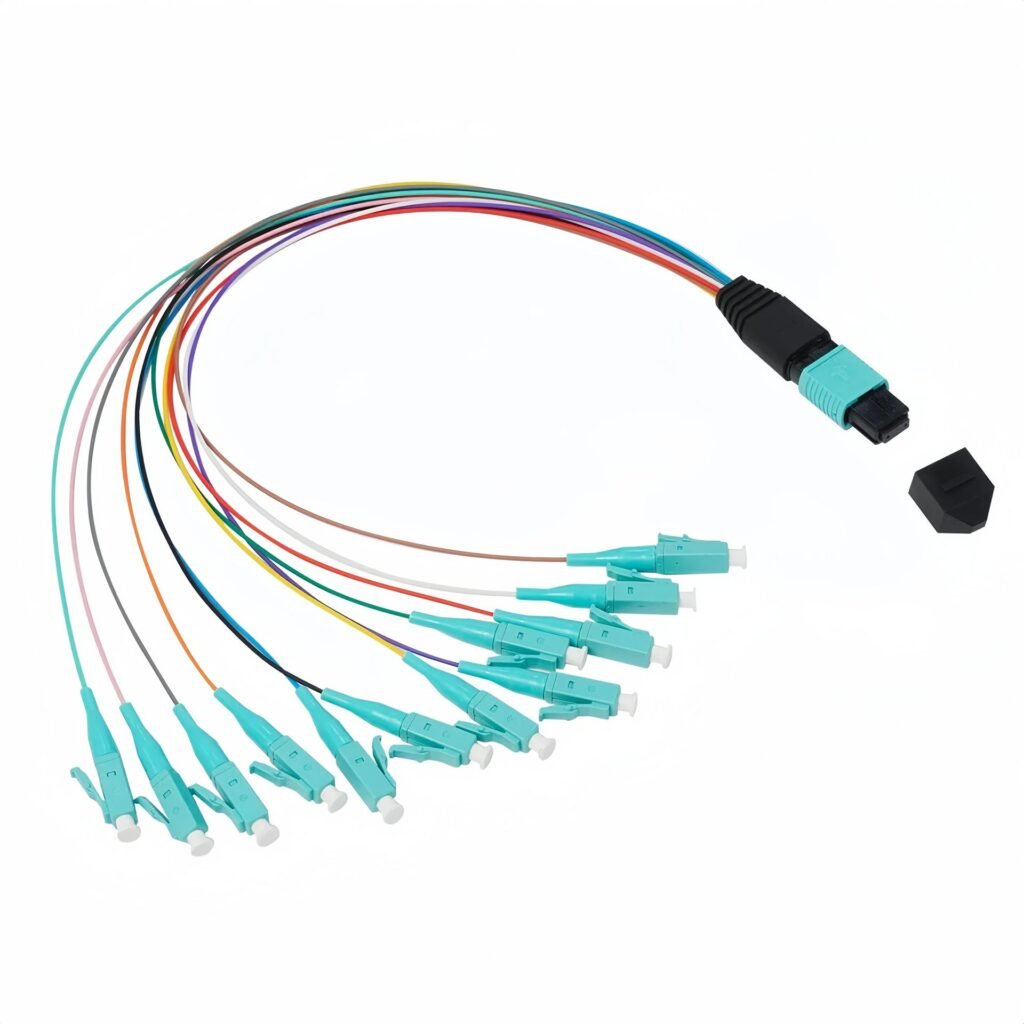
Fire Code and Chemistry
| Rating | Smoke Density | Halogen Gas | Flame Test | Common Zone |
|---|---|---|---|---|
| OFNP | Very low | Contains | Passes plenum test | Ceiling plenums |
| LSZH | Low | 0 % | Pass IEC 60332-1 | Server aisles |
| OFNR | Low | Contains | Fails plenum | Vertical risers |
LSZH earns its place by meeting the low-smoke zero-halogen definition4. OFNP survives the NFPA / NEC plenum test5 required by NEC 770 plenum rules6.
How Can Good Polarity Planning Reduce MAC-Cycle Downtime?
Moves, adds, and changes (MAC) never stop. Wrong polarity slows every one.
Instant tip: lock Method B and Base-8 trunks for SR4 and DR4 optics; never mix methods in the same site.
Mapping, Stranded Fibers, and Money
| Method | Key Orientation | Best Use |
|---|---|---|
| A | Up-down | Duplex legacy |
| B | Up-up | Parallel SR4 |
| C | Up-down pair flip | Retrofit |
The TIA-568 polarity overview7 explains why Method B pairs with Base-8 trunks. A Base-8 study8 shows it strands zero fibers on SR4 optics.
Downtime costs money. Surveys peg each port at $42 during a MAC9. A 1 000-port pod mis-patched quarterly wastes over $168 000 a year.
Conclusion
Choose cables in three steps. First, pick the right fiber grade—OM4 for short, OM5 for SWDM, OS2 for distance. Next, meet fire code with OFNP in plenums and LSZH elsewhere. Last, fix polarity with Method B and Base-8 before you order the first trunk. Follow this path and upgrades roll out fast while audits pass without drama.
-
Industry bandwidth-distance chart comparing OM3, OM4, and OM5 multimode fibers. ↩
-
OS2 single-mode fiber attenuation spec of ≤ 0.4 dB km⁻¹ for long links. ↩
-
ISO/IEC 11801 standard defining OM and OS fiber categories. ↩
-
Definition and benefits of Low-Smoke Zero-Halogen jackets. ↩
-
Requirements for OFNP plenum-rated cables under NFPA / NEC. ↩
-
NEC 770 rules separating plenum, riser, and general-purpose optical cables. ↩
-
TIA-568 polarity Methods A, B, C overview for MTP/MPO systems. ↩
-
Analysis of Base-8 vs Base-12 cabling and stranded-fiber impact. ↩
-
Average cost per port during MAC downtime events in data centers. ↩

